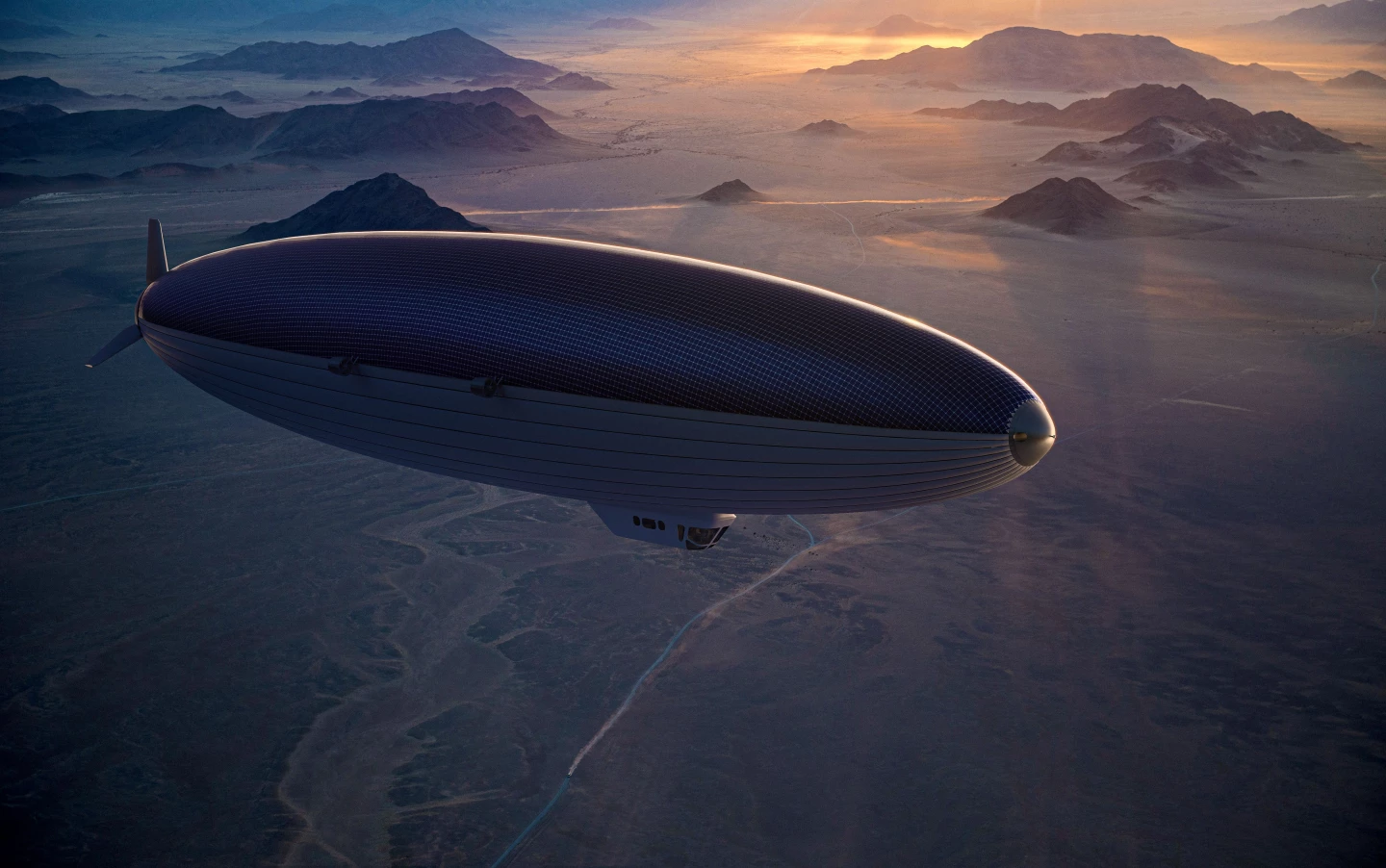Zero-emissions long-distance aviation is absolutely possible... Provided you're not in a hurry. Solar Airship One will take 20 days to fly all the way around the equator, some 40,000 km (~25,000 miles), in a single zero-emissions hop.
The 151-m (495-ft)-long airship will have its entire upper surface covered in solar film – some 4,800 square meters (51,700 sq ft) of it, or about nine-tenths of an NFL football field for those of you who prefer the standard units.
By day, the solar panels will run the airship's electric propulsion systems, while also banking up extra power for the overnight haul by electrolyzing water into hydrogen. By night, the hydrogen will run through a fuel cell, providing the juice to keep going.
It'll be piloted by a team of three: former French astronaut and Air Force pilot Michel Tognini, paraplegic plane-crash survivor and aerobatic pilot Dorine Bourneton, and serial adventurer and "inspioneer" Bertrand Piccard, who made the first successful non-stop balloon circumnavigation in 1999, and also piloted the Solar Impulse 2 on the first round-the-world solar flight over 16 and a half months in 2015-16.

Busting out the ol' calculator, it seems the Euro Airship team is expecting an average speed a little over 83 km/h (52 mph) – so yes, less than a tenth the speed of the average fossil-burning airliner. But airships do have some key advantages – you can stop and start at more or less any point you like without needing a runway, for example.
Indeed, while projects like the AirYacht and the bootylicious Airlander aim to resurrect the airship as a form of luxury passenger travel, others believe that hydrogen-filled airships are the future of zero-emissions cargo movement, carrying 8-10 times the payload of a cargo plane, at a quarter of the price, and up to 10 times the speed of a cargo ship.

The energy the Solar Airship One will use is renewable, but one key component is not. Its rigid structure is filled with 15 separate envelopes containing a combined 50,000 cubic meters (1.77 million cubic feet) of helium. Fun fact: helium is the only element on Earth that's completely non-replaceable, since when it escapes into the air, it rises right up out of the atmosphere and ejects itself into space.
The Euro Airship team is gearing up to undertake its zero-carbon circumnavigation in 2026, staying close to the equator and at an altitude around 6,000 m (19,700 ft).
Source: Orange/Euro Airship







